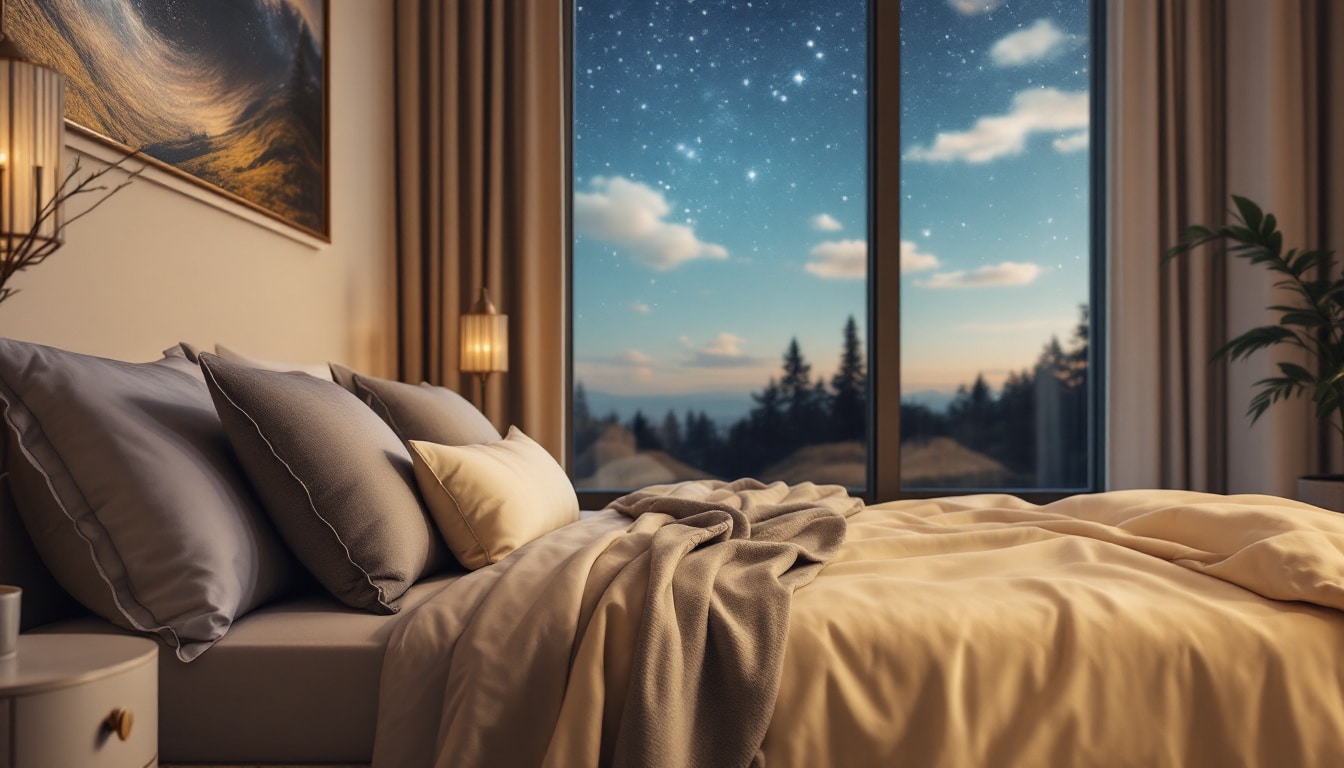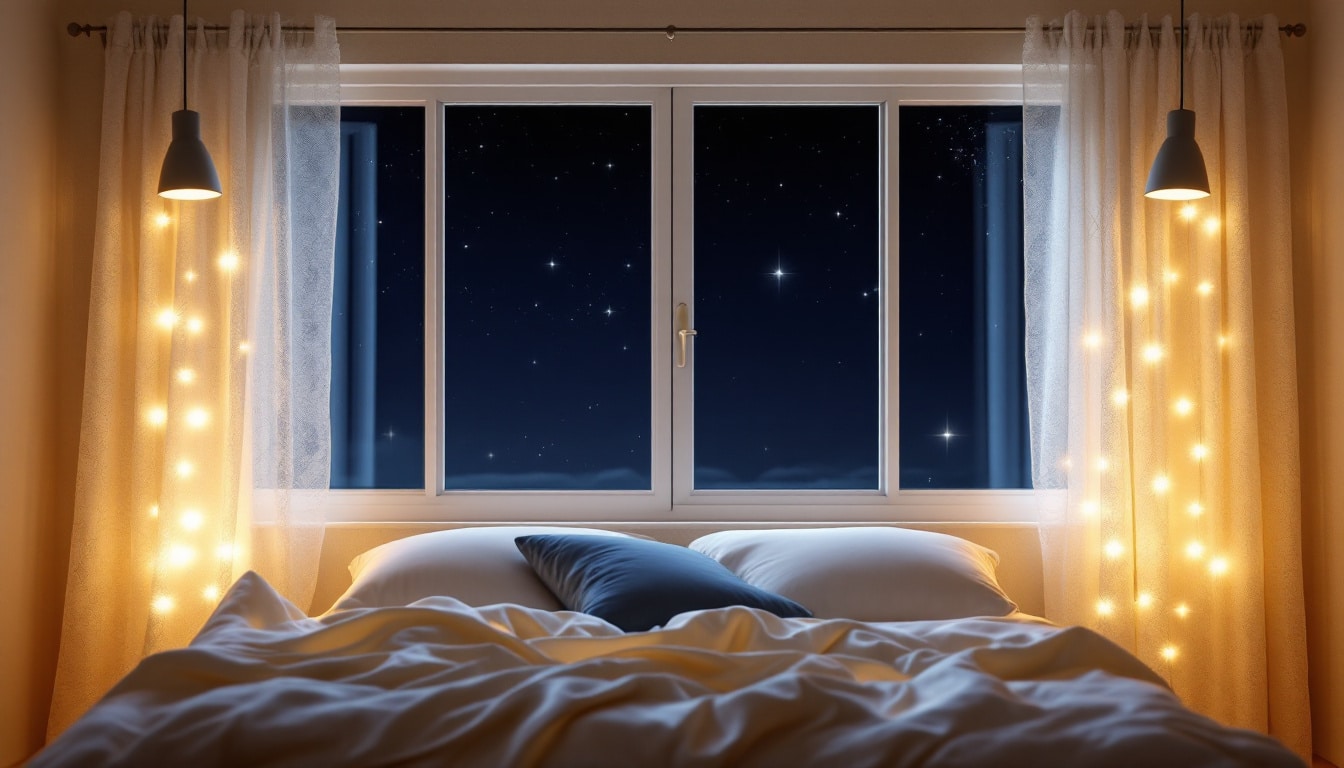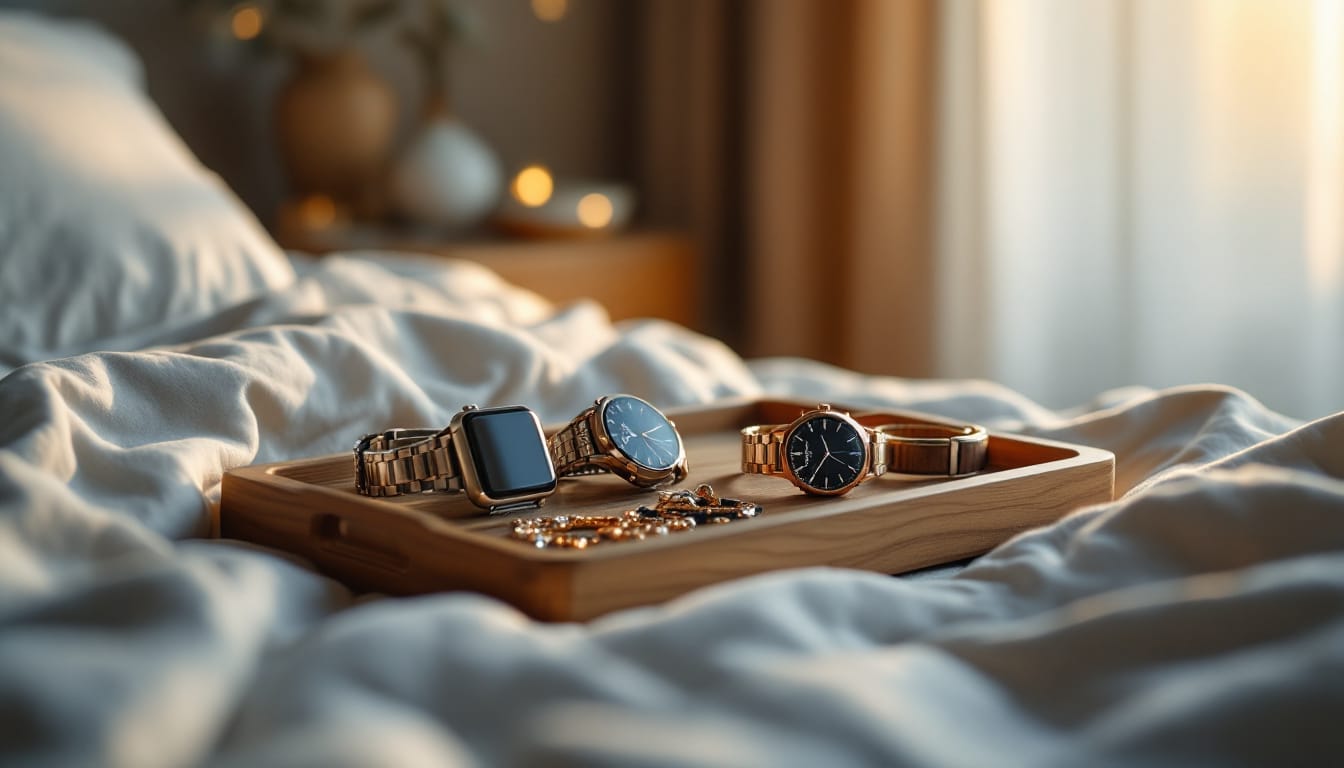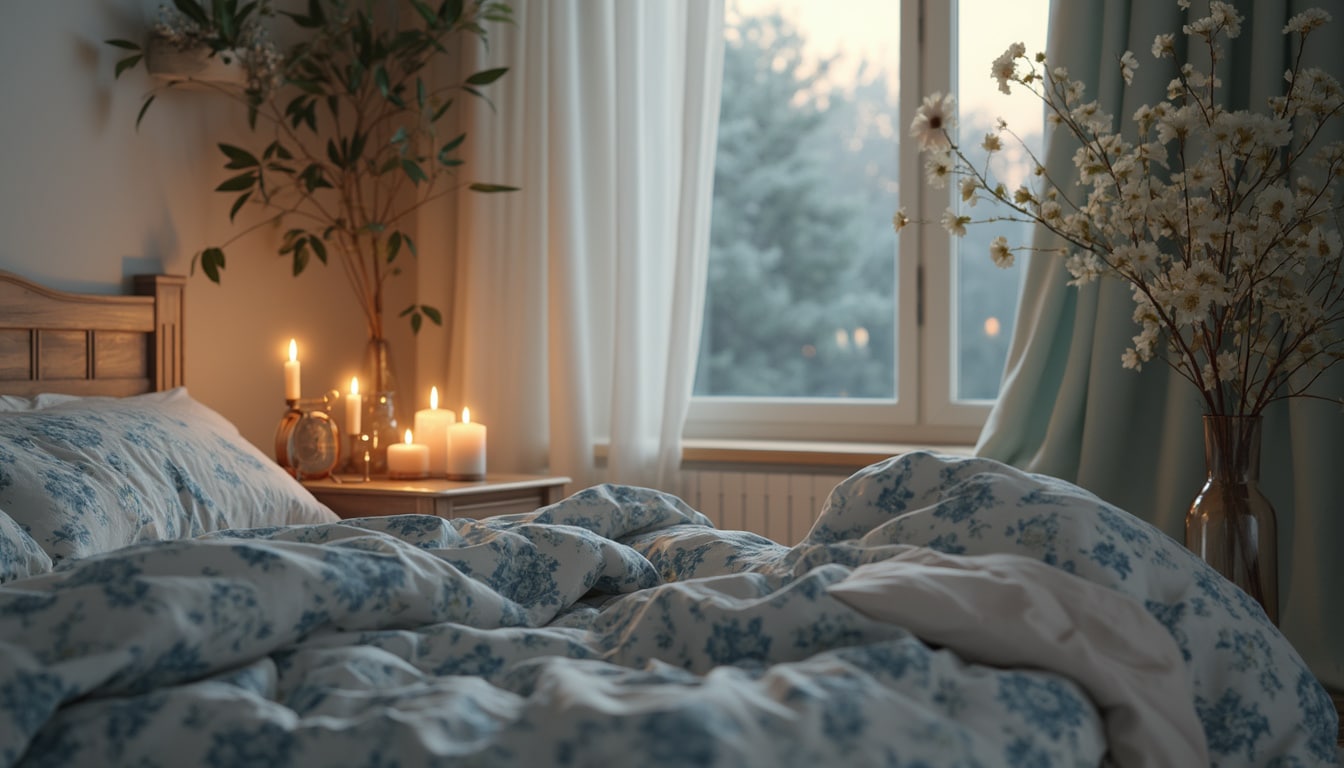Imagine drifting into a peaceful slumber, only to be awakened by the harsh glow of your connected lights—an all-too-common scenario in our modern lives. These smart lighting systems, while designed to enhance convenience and ambiance, can significantly disrupt our sleep cycle in ways we often overlook. The intricate relationship between light exposure and our circadian rhythm is profound, influencing when we feel drowsy and alert. Our bodies react to the brightness and wavelength of light, ultimately signaling whether it’s time to wind down or stay awake.
Connected lights, particularly those emitting blue light, often lead to unintended consequences for our rest, especially when used before bedtime. While they offer the allure of controlling your home’s atmosphere with a smartphone app, they can disturb the release of melatonin, the hormone responsible for regulating sleep. Furthermore, with many of us engaging with screens and smart devices in the evening, it’s crucial to understand how these seemingly insignificant choices impact our overall well-being. Delving into this topic reveals insightful strategies to mitigate the negative effects of connected lights, paving the way for a more restorative night’s sleep.

Modern technology has transformed our living environments, and one such innovation is connected lighting. While the convenience of controlling lights via smartphones and smart home devices offers numerous benefits, it also introduces complexities regarding our sleep cycles. Researchers are increasingly investigating how these lights—especially those emitting blue light—affect sleep quality and our overall well-being. This exploration reveals critical insights that everyone should consider, particularly for those looking to improve their sleep.
Table of Contents
ToggleUnderstanding Circadian Rhythms and Light Exposure
Your body operates on a built-in clock known as the circadian rhythm, influencing your sleep-wake cycles, hormone release, and other bodily functions. This rhythm is heavily modulated by light exposure, which serves as a signal for the body to stay awake or to prepare for rest. The sensitivity of the human circadian rhythm to light is especially high during the hours close to typical sleep onset and wake times.
According to a 2022 survey by the National Sleep Foundation, nearly 60% of adults report experiencing sleep disturbances attributed to light exposure. The impact becomes even more pronounced with the rise of connected lighting systems that adjust intensity and color temperature automatically, making it easier to stay alert well into the evening. For instance, research indicates that prolonged exposure to blue light—commonly emitted by smartphones, tablets, and connected LED lights—can suppress melatonin production, making it more challenging to fall asleep. Melatonin is a hormone responsible for regulating sleep, and even minor alterations in its secretion can disrupt overall sleep quality.
The Role of Connected Lights: Benefits and Risks
Connected lights provide a plethora of benefits, from enhancing the ambiance of living spaces to increasing energy efficiency. You can easily schedule lighting to mimic natural sunrise, enabling a gentle wake-up experience or creating an evening environment conducive to relaxation. However, the risk lies in the very flexibility that makes connected lighting appealing. While programming may prevent abrupt light exposure, many users engage with screens or lights closer to bedtime, inadvertently increasing their alertness at a time when they should prepare for rest.
A study published in the Journal of Sleep Research found that individuals who used connected lighting systems without consideration for timing experienced increased rates of insomnia. Participants reported an average reduction of 30 minutes of sleep per night due to light exposure during the critical hours before bed. The convenience of one-touch lighting adjustments, when mismanaged, can lead to unintended late-night exposure, affecting sleep architecture and quality.
One of the most significant advantages of connected lighting is its capacity for personalization. Users can adapt light settings according to their habits, which is beneficial for fostering healthy sleep environments. For example, industry studies show that dimming the lights as you transition from evening to bedtime can effectively prepare the brain for sleep, enhancing overall sleep quality. Nevertheless, the effects of bright connected lights, particularly those with high blue light emissions, can significantly push back the sleep cycle.
Practical Strategies for Managing Connected Light Exposure
Understanding the dual-edged nature of connected lights is essential for optimizing your sleep environment. Here are some practical strategies to mitigate the adverse effects while enjoying the benefits of modern lighting technology:
- Set Timers: Utilize the scheduling features of connected lights to automatically dim or turn off bright lights, especially in the hours leading up to bedtime.
- Implement Color Adjustments: Explore settings that reduce blue light emissions as the evening progresses. Many smart bulbs now offer warm tones that are less disruptive to melatonin production.
- Create a Night Routine: Establish a wind-down routine that includes lowering light levels and avoiding screen exposure one hour before bed. This helps signal to your body it’s time to transition to sleep.
- Explore Circadian-Friendly Lighting: Invest in smart lighting that adjusts throughout the day to mimic the natural light cycle, supporting your circadian rhythm in the process.
The impacts of light exposure are not only physiological but also psychological. For individuals experiencing anxiety or other sleep disorders, a well-regulated lighting environment can significantly improve the calming rituals before sleep. Creating an atmosphere conducive to relaxation involves more than just eliminating bright lights; it may also include the incorporation of aromatherapy or sound machines to promote an ideal sleep environment.
Moreover, considering the influence of environmental factors, residents of urban areas must address external light pollution. Residents living in highly illuminated streets could benefit from blackout curtains or smart shades programmed to close automatically, shielding them from disruptive light during sleep hours.
Adapting your lifestyle with attention to light exposure can yield remarkable improvements in sleep quality. By implementing these strategies, you empower yourself to take control of your sleep environment, fostering your overall well-being.

Connected lights can disrupt your sleep cycle by emitting blue light, which interferes with your body’s natural melatonin production and circadian rhythm, making it harder to fall asleep.
Q: What is melatonin and why is it important for sleep?
Melatonin is a hormone produced by your brain that regulates your sleep-wake cycle. Its production is stimulated by darkness and inhibited by light, making it crucial for achieving quality sleep.
Q: Can I control my connected lights to improve my sleep?
Yes, many connected lights allow you to adjust their brightness and color temperature, helping you to minimize blue light exposure in the evening, which in turn can help support better sleep.
Q: How can I create a sleep-friendly environment with connected lights?
You can create a sleep-friendly environment by scheduling your connected lights to dim as bedtime approaches and switch to warm tones, helping signal to your brain that it’s time to wind down.
Q: Should I avoid using connected lights altogether before bed?
While it’s not necessary to avoid them completely, reducing exposure to bright, blue light from your connected devices in the hour leading up to bedtime is advisable to promote better sleep quality.
Q: What are some features I should look for in connected lights for better sleep?
Look for features such as dimming capabilities, the ability to change to warmer light tones, and scheduling options to automate lighting changes as part of your evening routine.
Q: How do sleep patterns change with connected light usage?
Using connected lights that emit bright light in the evening can shift your sleep patterns, leading to later bedtimes and potentially reducing the overall quality and duration of sleep.




